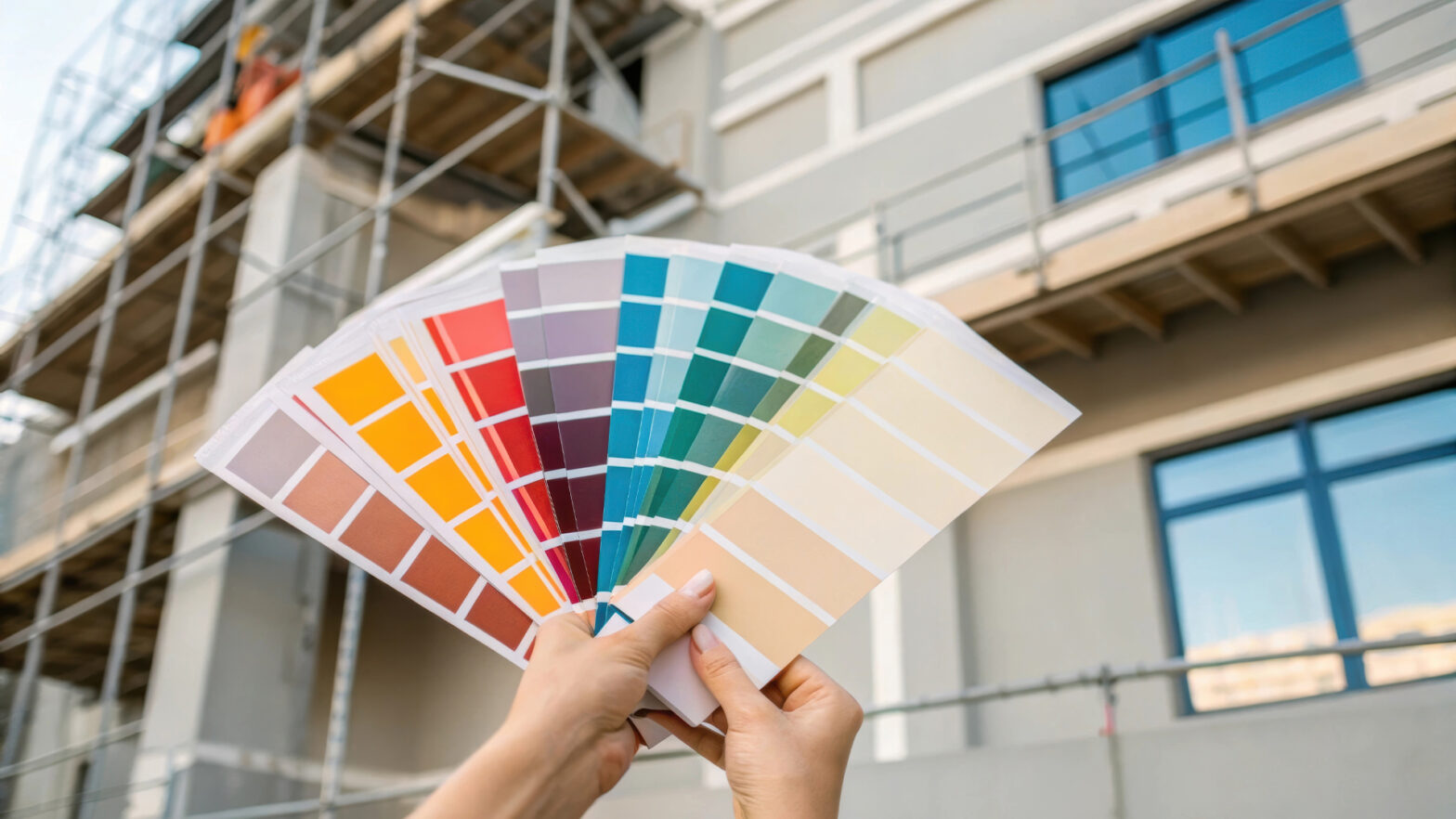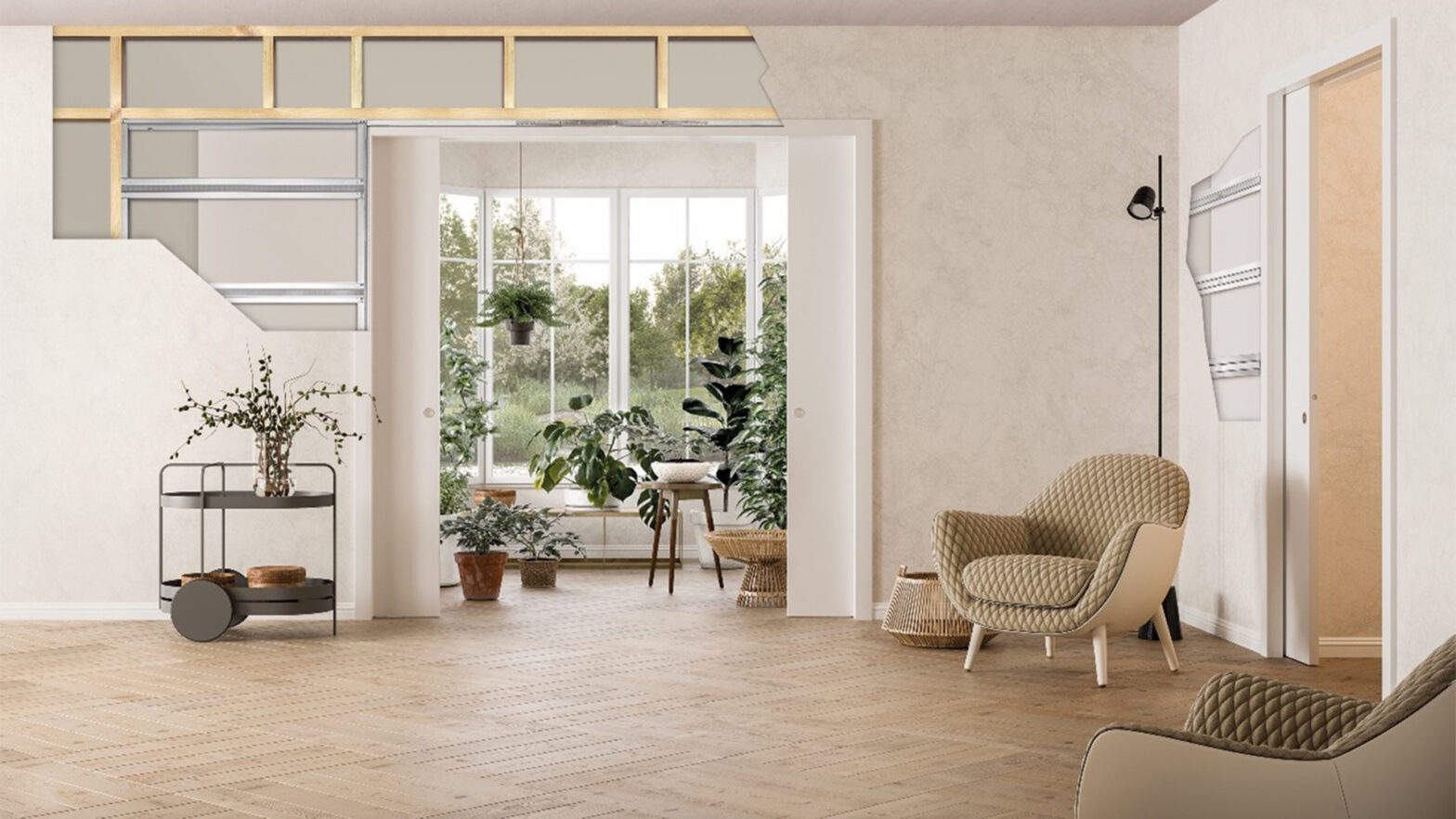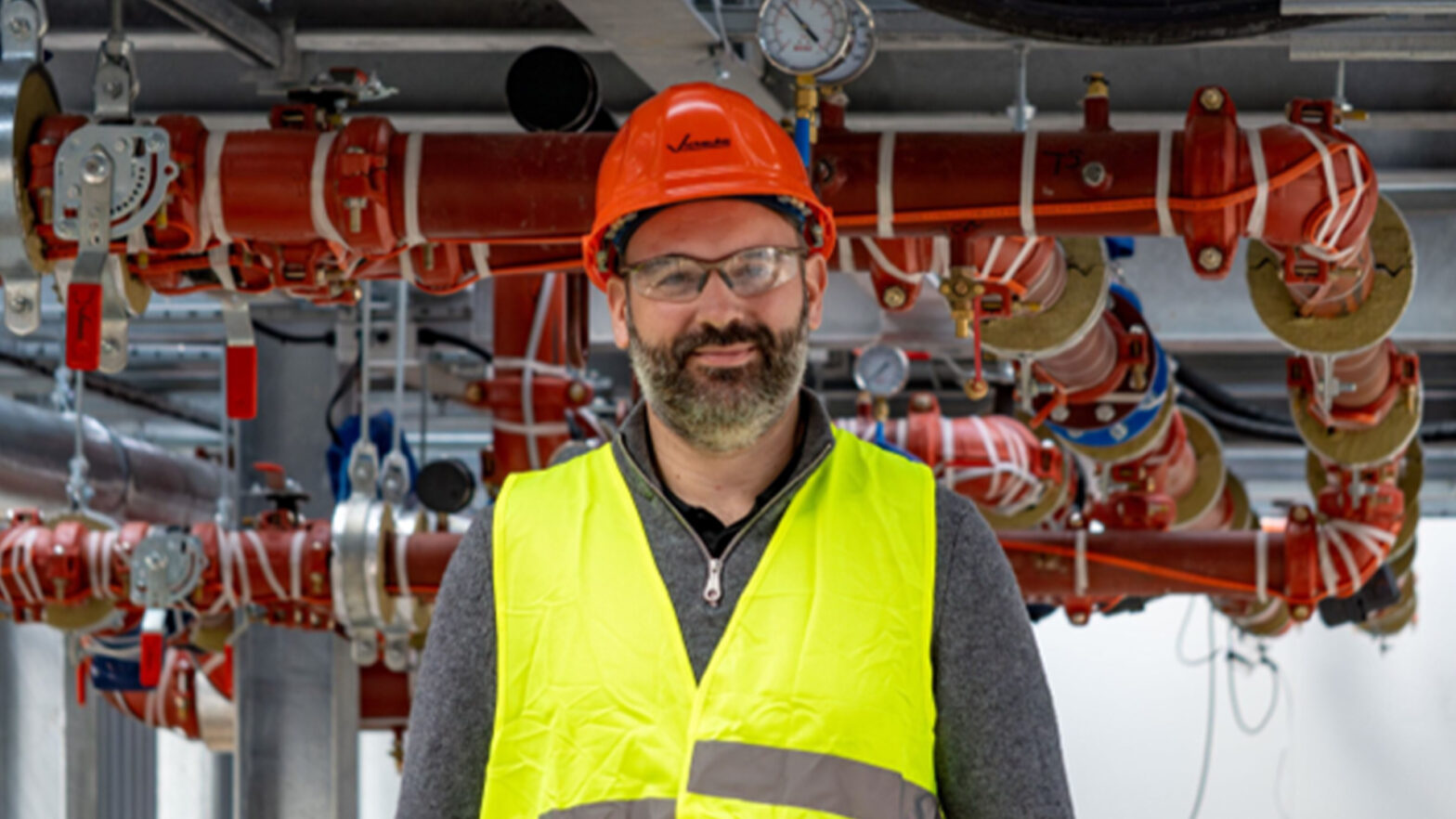How Investing in an Eco-friendly Home Can Reduce Expenses Over Time
The world is long past having become aware of the need and necessity to practice better energy management habits. One of the best ways to do that is for individuals and home owners to take an active interest in cost effective, energy saving techniques and no one needs to get a graduate degree in finance to save money effectively.
That may sound like a complicated and time-consuming task, great work has already been done in the design and engineering of alternative technologies that home owners now have easy access to a variety of eco-friendly options for reducing home expenses over time.
Current Statistics
Here is an uncomfortable statistic: Despite the fact that the United States makes up about 5% of the world’s full population, Americans’ energy usage clocks in around 16% of the world’s total consumption rates. Most of this comes from petroleum and natural gas usage, 36% and 33% respectively, and while from a global comparison those rates are quite high, individual homeowners are not the primary culprit.
It should be acknowledged that the bulk of the problem may likely fall on industrial production and logistical practices like plastic container production, fossil fuel harvesting and utilization for mass transportation of goods, but individual households also play a significant part.
Though taking an interest in saving the environment is great because nature benefits mental health, one more reason for Americans to make smarter energy choices is: save money through personal green accounting.
According to The Office of Energy Efficiency and Renewable Energy, residential housing makes up around 21% of Americans total energy usage per year. Population numbers contribute to those statistics, but so does another number: the number of homes in the United States. As of the year 2019 there are around 121 million homes, and about 70% of those were single family dwellings. Most energy use (55%) is concentrated on the utilization of major appliances like washers/dryers, water heaters, refrigerators, and, especially, air conditioning units.
The remainder of that energy use (45%) is just for lighting. Nearly half of that larger number is just for heating and cooling. Though energy bills on average tend to take up around 5% of Americans annual income so a great way to save some more money in this inflated economy is to explore energy saving practices.
How to Invest in and Eco-Friendly Home Solutions
Homeowners may be surprised to learn that it is easier than previously thought to be energy efficient or save money on utilities. Regardless of what may be motivating an interest in considering eco-friendly housing solutions, there are plenty of ways to do so responsibly and effectively.
A great place to start this process is to think about what factors contribute to the current situation and establish which of the services — lighting, heating/cooling, etc.— have the highest costs. From there, taking a closer look at the state and age of various appliances can help to determine if anything can or should be replaced so as to lessen energy bills. It’s not just appliances that make a difference though, plenty of other major components of a house can greatly affect energy consumption and thus money expenditures.
The following are some ideas for how to create eco-friendly choices for home improvements.
New, Energy Efficient Windows and Doors
No matter where someone lives, the bulk of a house’s energy use is dedicated to heating and cooling costs throughout the year. According to energy.gov, poorly working or outdated windows can contribute to between 25-30% of a home’s heating/cooling bills being higher than they need to be.
Fortunately, there are plenty of reputable companies centered around proper urban planning that have engineered more efficient, cost-effective windows which help to cut down on loss. While costly initially, long term homeowners will see a solid return on their investments over the years to come. Additionally, there may even be rebates or tax credits available for those responsible for decisions.
Solar Panels
One of the most popular improvements to reduce energy costs is installing solar panels. While not cheap to install — averaging $16,000— doing so can pay for itself in about a decade. Not only can they reduce electrical bills but help with air pollution.
LED Light Bulbs
This is perhaps the quickest, easiest, and most affordable way to save money while still being eco-friendly: Use more LED bulbs. A single energy star certified lightbulb can use around 85% less energy than traditional bulbs and can last 15 times longer.
New Water Heater
It is expensive to heat house water. Older model water heaters are not very energy efficient in that they are constantly heating/reheating between 20-80 gallons of water— even while nothing is being used. Newer, on-demand tanks, while initially expensive, are significantly more cost effective.
“Cool Roof!”
No, this is not just a casual exclamation your neighbor may shout out, it is an option for an energy conscious home improvement. What are known as cool roofs, these are made of light-colored materials like metal or asphalt composites that can reflect heat much more efficiently, there are even secondary coatings that can be applied.


































